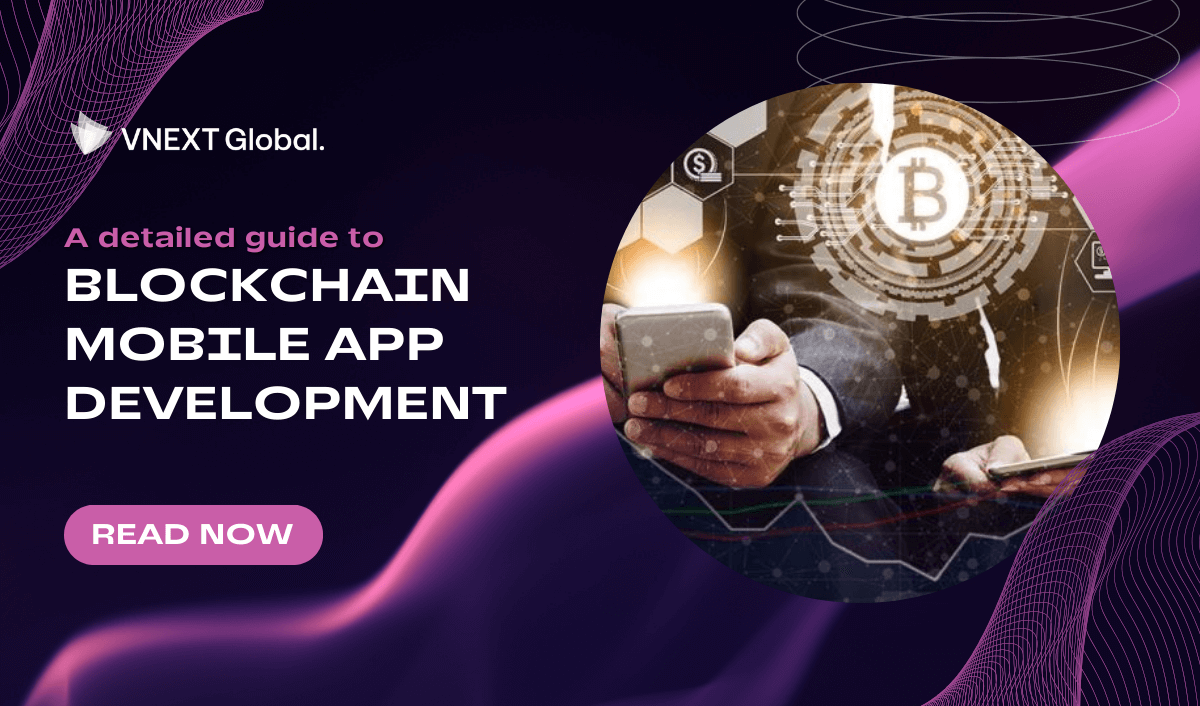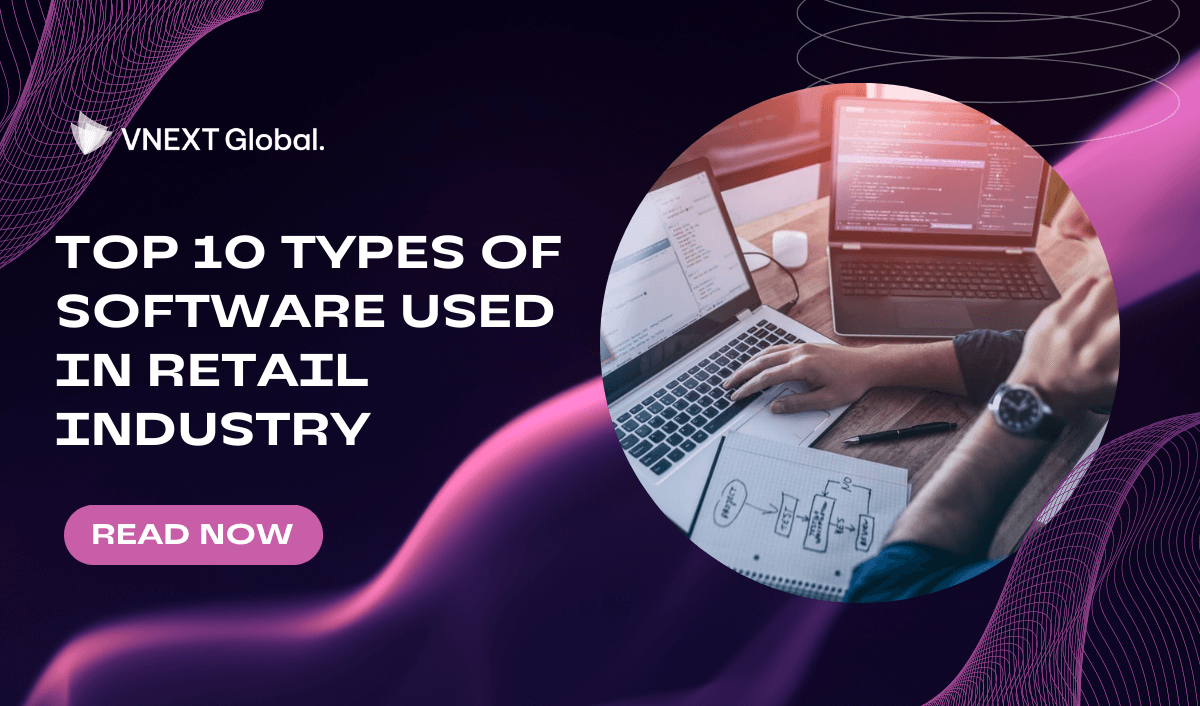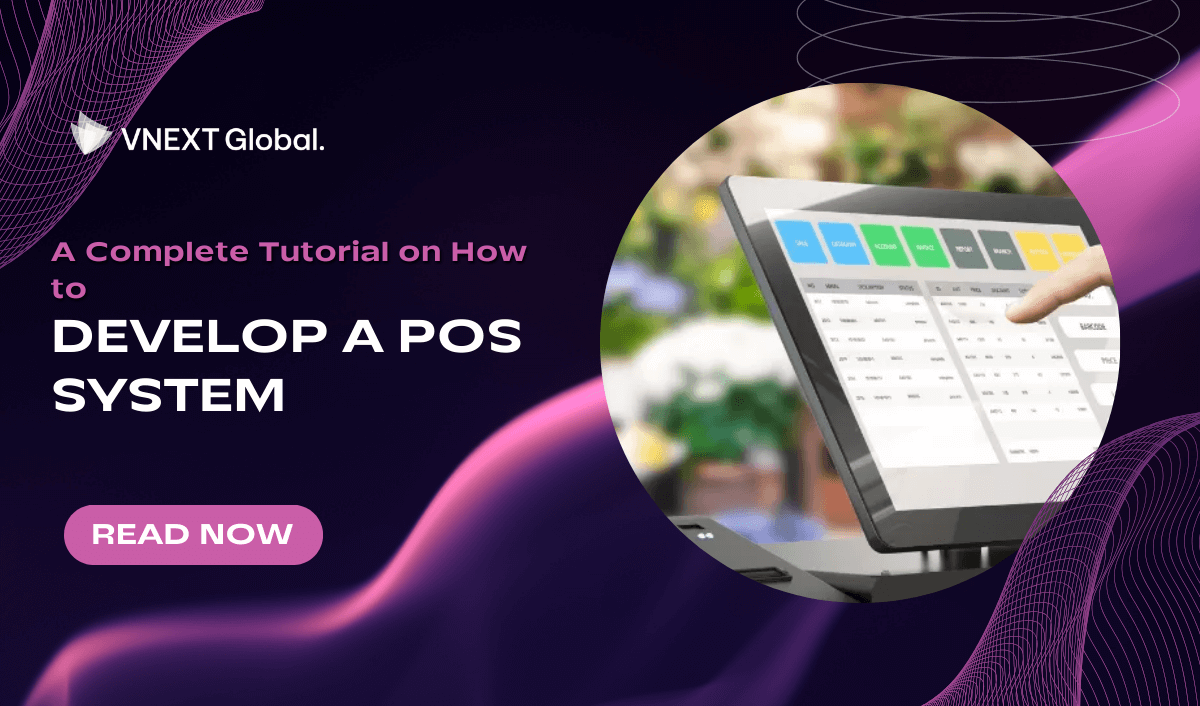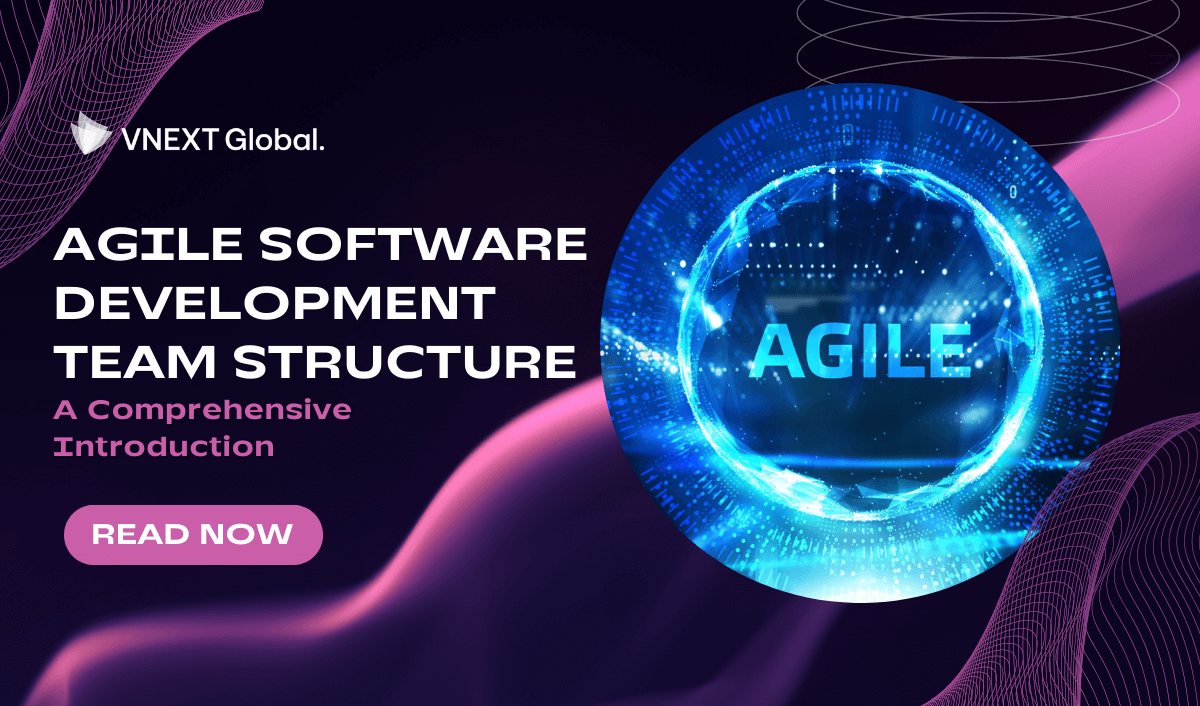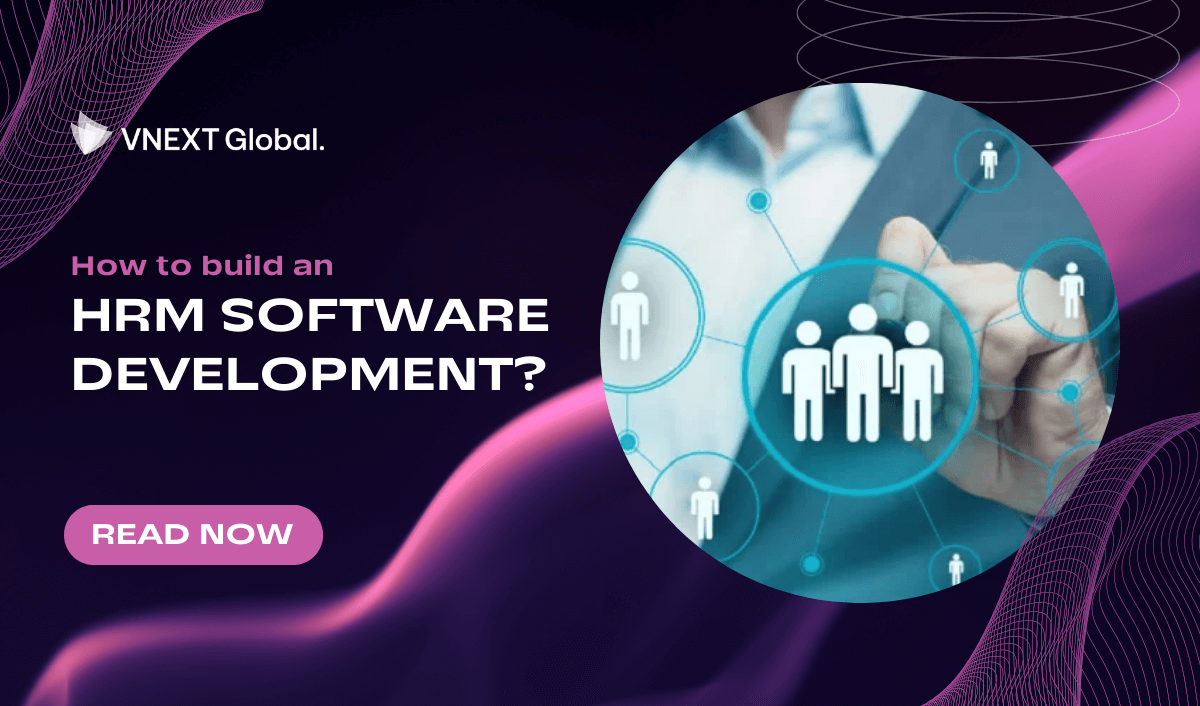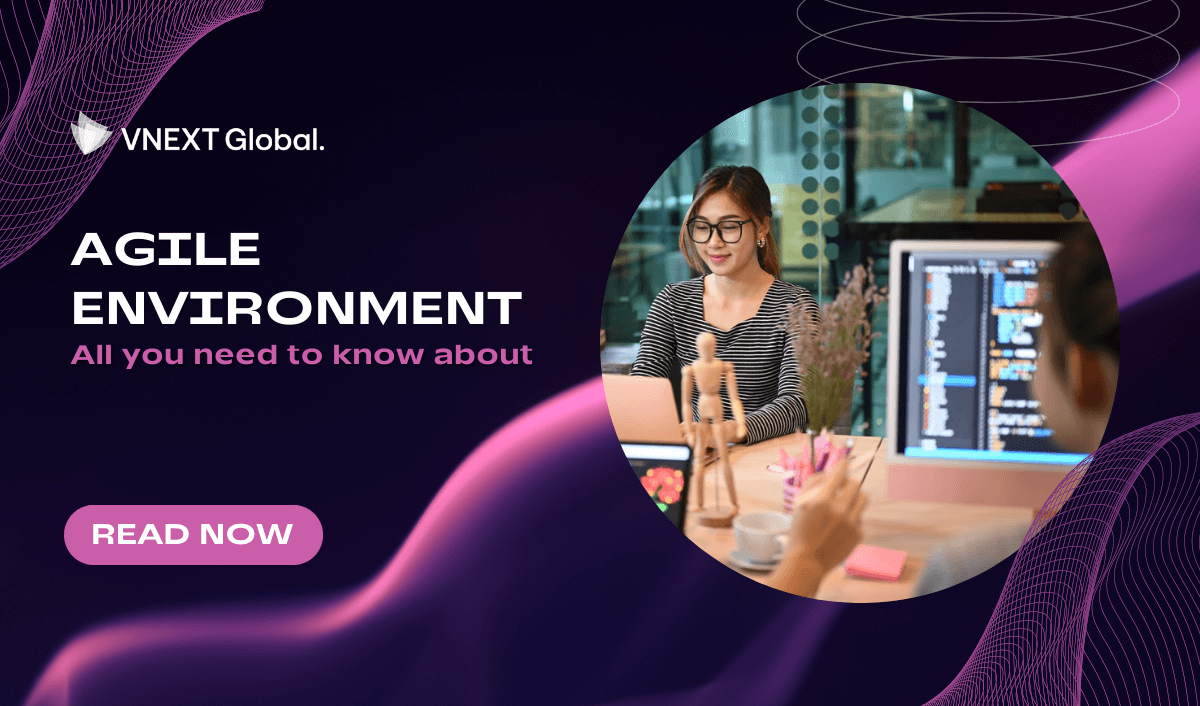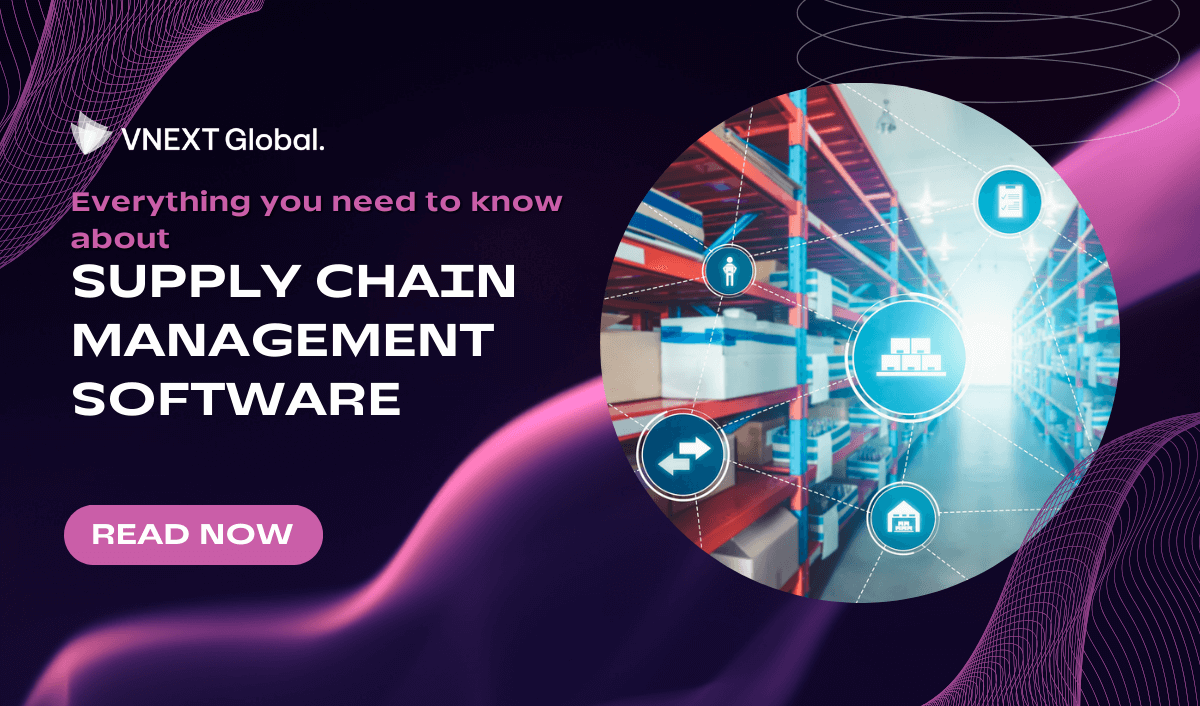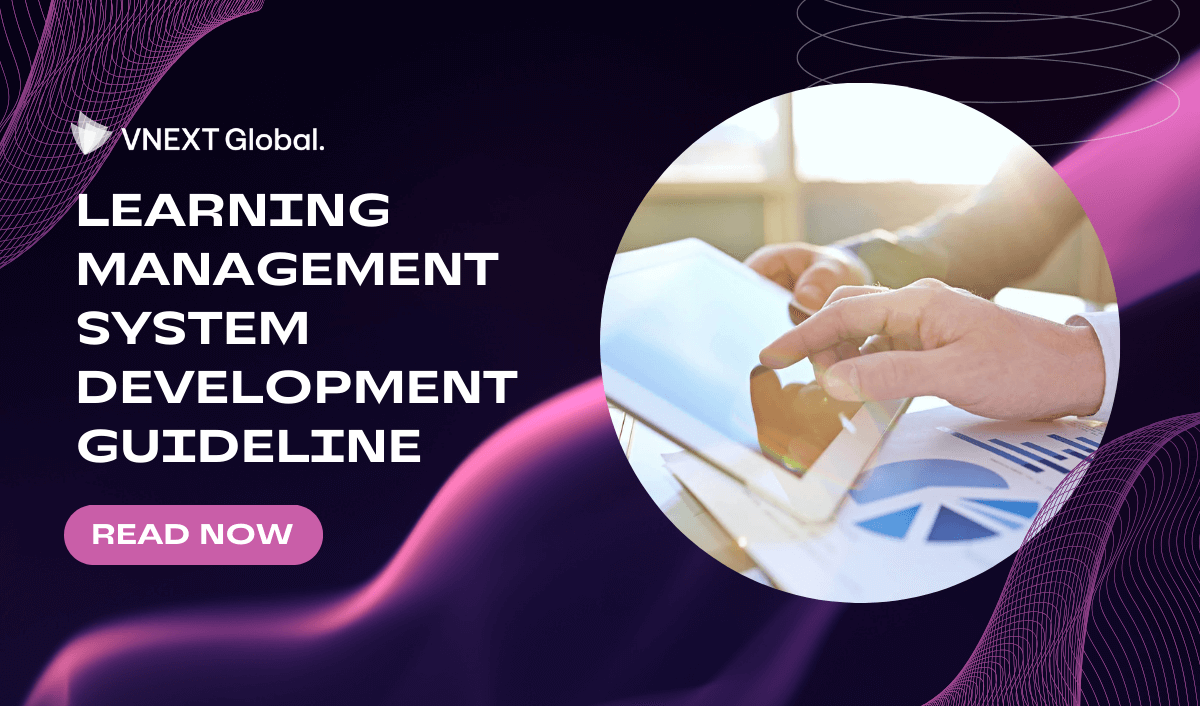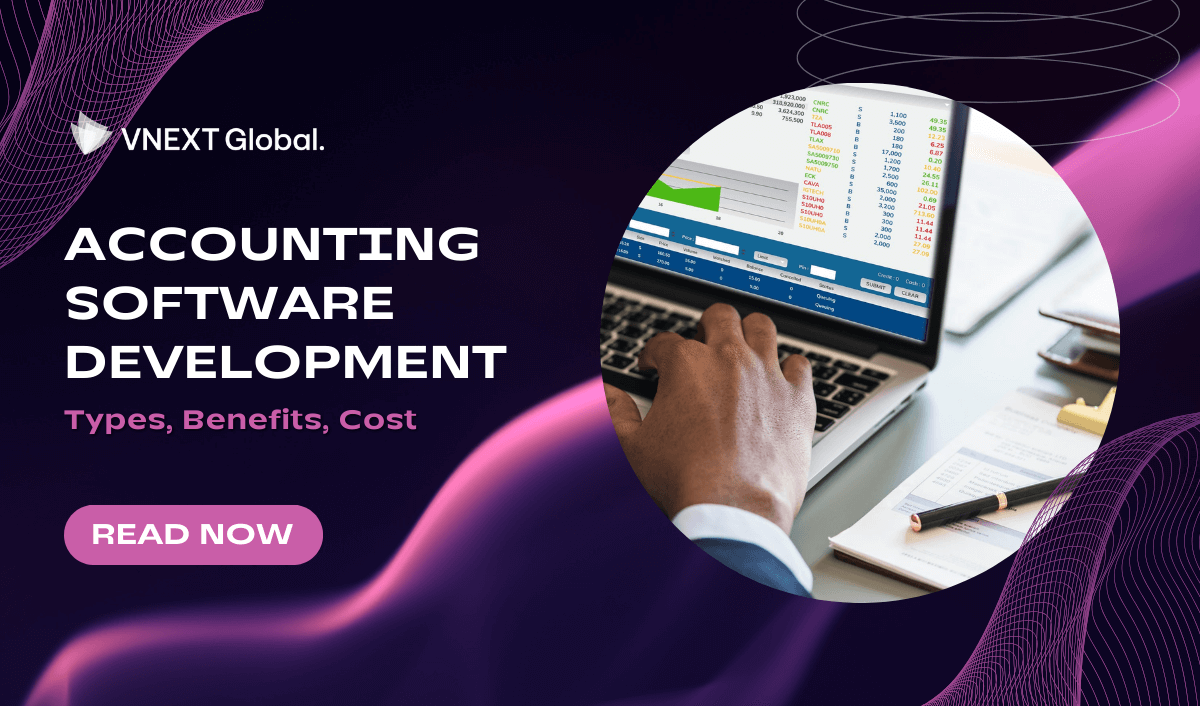A detailed guide to Blockchain mobile app development
Blockchain technology can be used to create innovative and impactful solutions for real-world problems, especially in mobile platforms. If you have been searching for this solution for some time and looking for a brief but detailed guide to blockchain mobile app development, let’s dive in now in this 5-minute article.
1. What is blockchain mobile app development?
Blockchain mobile app development is the process of creating applications that run on a blockchain network and leverage its features, such as decentralization, security, transparency, and immutability. Blockchain apps, also known as decentralized apps or dDApps, can offer various benefits and use cases for different industries and domains. For example, blockchain apps can enable peer-to-peer transactions, smart contracts, digital identity, supply chain management, voting systems, and more.
Digital IDs is an example of a successful blockchain app that is transforming various industries and sectors. With an estimated 1 billion people worldwide not having an identity, Microsoft is working on creating IDs to empower impoverished people and refugees. The project called [ID2020], aims to provide a secure and verifiable way of storing personal data on a blockchain. This can help people access basic services such as education, healthcare, and banking. The project is also supported by the United Nations and other partners.
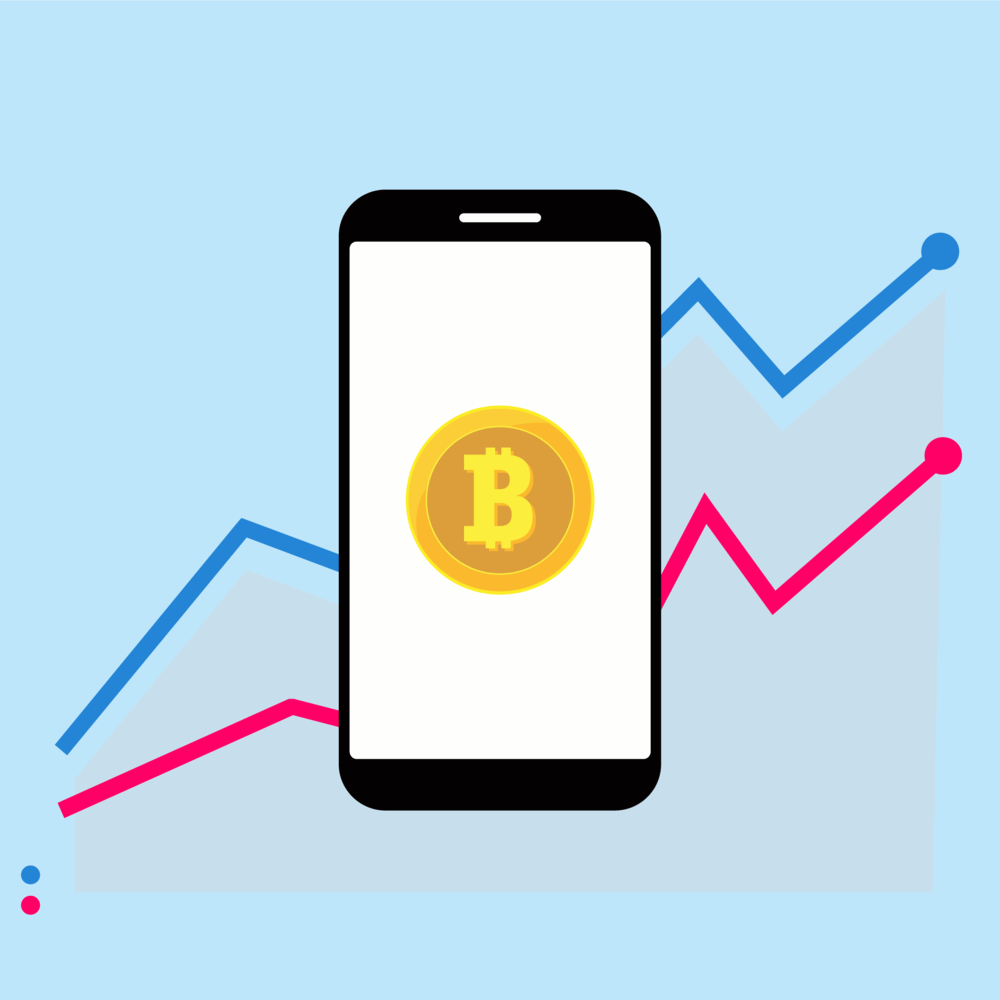
2. How blockchain works?
Blockchain technology allows data to be stored and exchanged on a peer-to-peer network, without the need for a central authority or intermediary. Blockchain works by creating blocks of data that are linked together by cryptographic hashes, forming a chain that is constantly growing and verified by the network. Each block contains information such as transactions, timestamps, and the hash of the previous block, making it impossible to alter or tamper with the data once it is recorded.
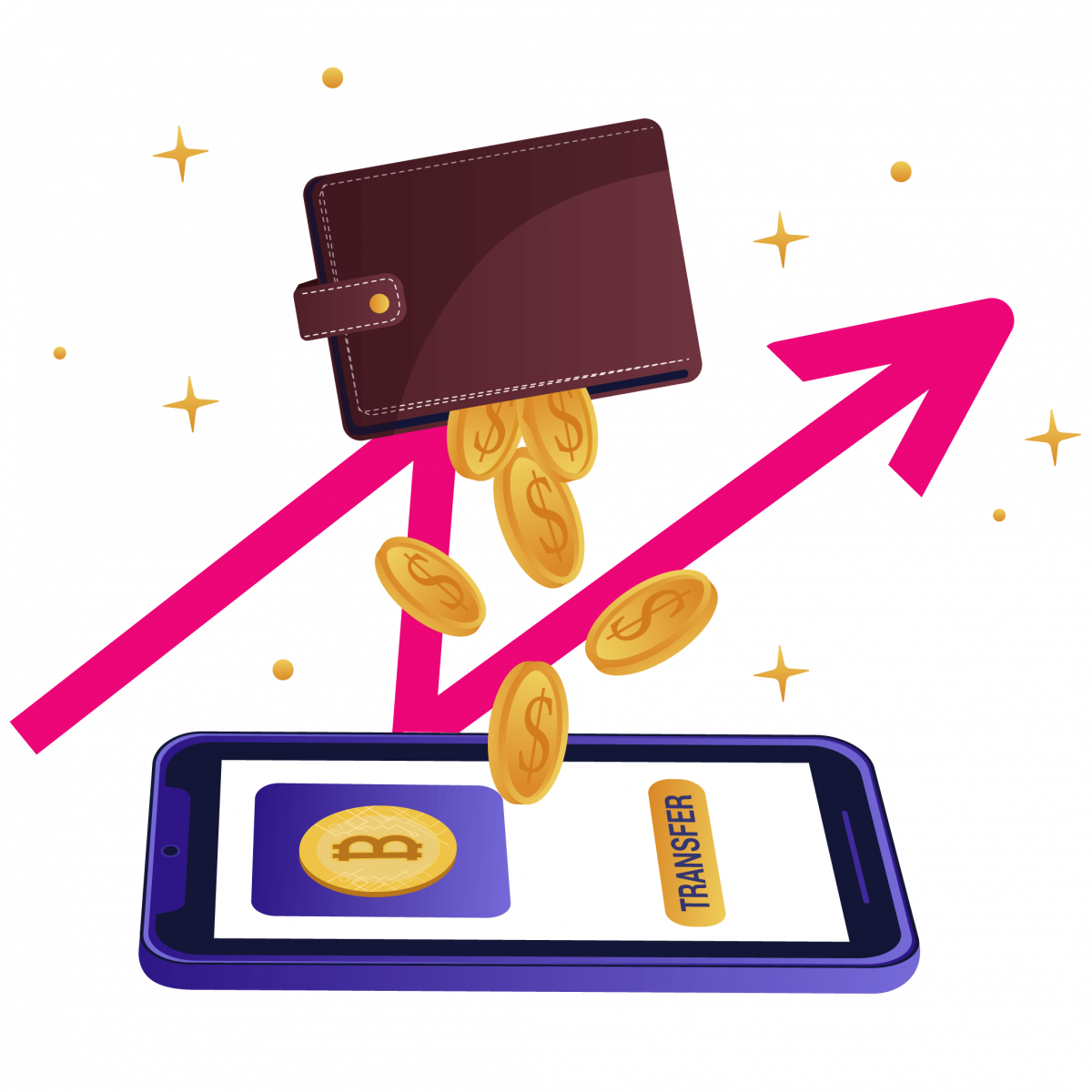
3. Five steps for blockchain mobile app development
If you are interested in learning how to build a blockchain app, here are some steps that you can follow:
• Step 1: Clarify your idea
As with every business and product, the idea is the first thing you need to think about before you start to develop a blockchain app. You need to define the problem that you want to solve, the target audience that you want to serve, the value proposition that you want to offer, and the features and functionalities that you want to include in your app. You also need to consider the feasibility and viability of your idea in terms of technical and market aspects.
• Step 2: Do competitor research
Before you start developing your app, you need to analyze the existing solutions and competitors in the market. You need to identify the strengths and weaknesses of your competitors, the gaps and opportunities in the market, and the best practices and trends in the industry. You also need to learn from the feedback and reviews of the users and customers of your competitors.
• Step 3: Analyze your options
After you have a clear idea of what you want to build and who you want to target, you need to choose the best option for developing your app. You need to decide which blockchain platform, programming language, framework, tool, and service you want to use for your app development. There are many options available for blockchain app development, such as Ethereum, Hyperledger Fabric, Corda, Solana, Solidity, JavaScript, Truffle, Web3.js, etc. Each option has its features, advantages, and limitations that you need to consider based on your needs and preferences.
• Step 4: Start the development process
Once you have chosen your option for developing your app, you need to start coding your app. You need to follow the best practices and standards for blockchain app development, such as writing clean and secure code, testing and debugging your code, documenting your code, etc. You also need to design and implement the user interface and user experience of your app using any web or mobile development framework that you are familiar with.
• Step 5: Deploy and maintain your app
After you have finished developing your app, you need to deploy it on the blockchain network and make it accessible to users. You need to register your app on the network using a deployment tool or service compatible with your chosen blockchain platform. You also need to provide users with instructions on how to use your app and how to obtain the cryptographic tokens that are required for interacting with it. You may also need to update or upgrade your app from time to time to fix bugs or add new features.
These are some of the basic steps that you can follow to develop a blockchain app. However, keep in mind that each app project is unique and may require different approaches or solutions depending on its goals and requirements. Therefore, you should always do your research and learn from other successful apps before starting your own.
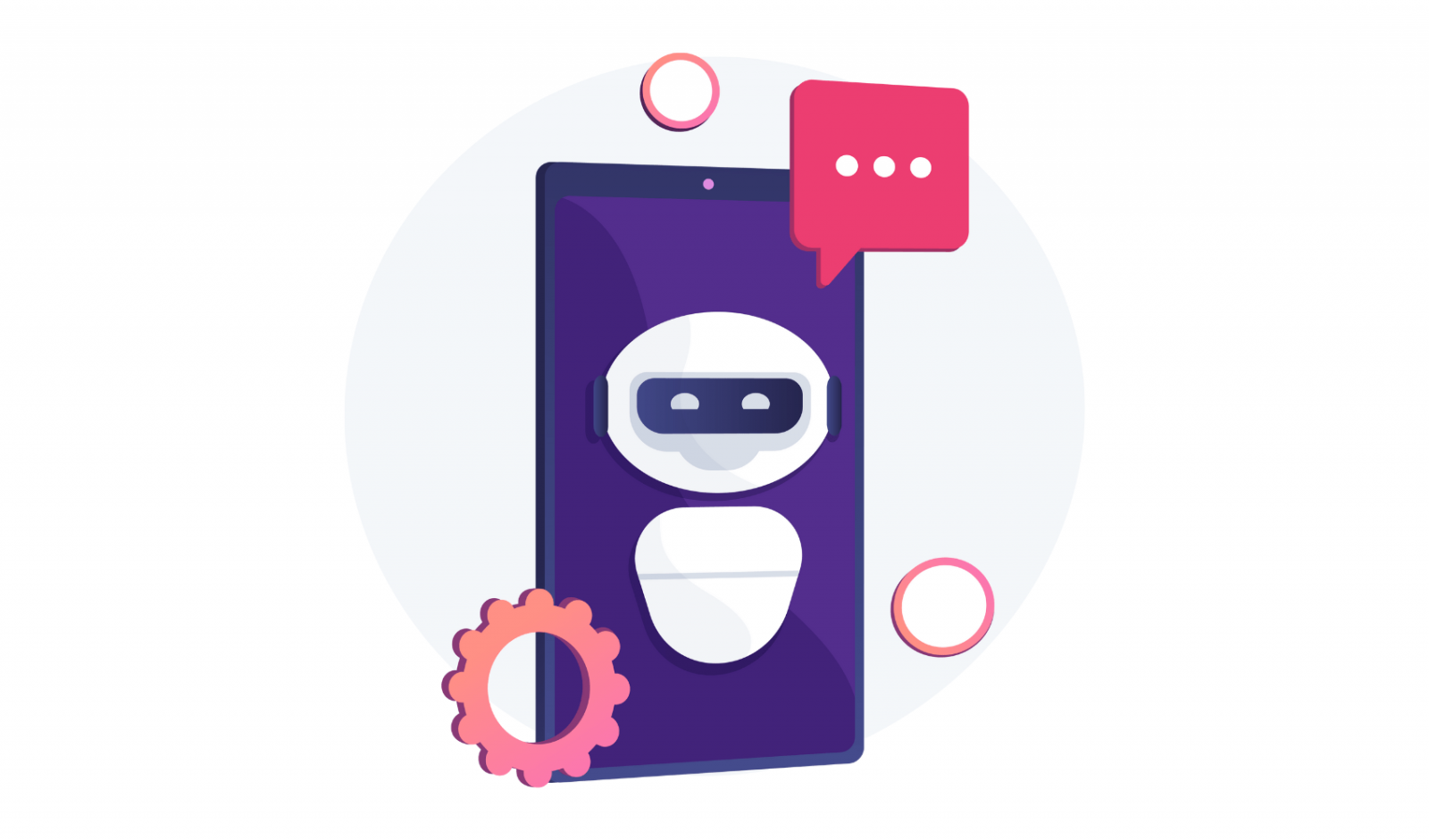
4. Four steps to test blockchain mobile app
After developing beta version of a blockchain app, it is a must to test it before launching it to the market. You need to follow some steps and use some tools that are suitable for your chosen blockchain platform and application features. Here are some general steps and tools that you can consider for testing your blockchain app:
• Step 1: Clarify your testing objectives and scope
You need to define what aspects of your blockchain app you want to test, such as functionality, performance, security, usability, etc. You also need to determine the test environment, test data, test cases, and test criteria for your testing process.
• Step 2: Choose the right testing tools
Depending on your blockchain platform and application features, you may need different tools for testing your blockchain app. Some of the popular tools for testing blockchain applications are:
- Truffle: A development framework for Ethereum that provides built-in smart contract compilation, linking, deployment, and testing.
- Ganache: A personal blockchain for Ethereum development that allows you to deploy contracts, develop applications, and run tests.
- Embark: A framework for developing and deploying decentralized applications using Ethereum, IPFS, and Whisper.
- Populus: A smart contract development framework for Ethereum that supports testing with pytest.
- Hyperledger Composer: A set of tools for building blockchain applications on Hyperledger Fabric using modeling language, REST API, and web interface.
• Step 3: Perform the testing process
You need to execute the test cases using the chosen tools and verify the test results against the test criteria. You also need to document the test findings and report any issues or defects that you encounter during the testing process.
• Step 4: Evaluate the testing outcome
You need to analyze the test results and evaluate the quality of your blockchain app based on the testing objectives and scope. You also need to provide feedback and suggestions for improvement or enhancement of your blockchain app.
5. Blockchain app development: In-house or outsourced?
There is no definitive answer to whether you should develop your blockchain app in-house or outsource it to a third-party vendor. Both options have their pros and cons, and the best choice depends on various factors, such as your budget, timeline, project scope, technical expertise, and business goals. Here are some of the main advantages and disadvantages of each option that you should consider before making a decision.
In-house blockchain development means that you hire and manage your team of blockchain developers who work exclusively for your company.
- Pros: This option gives you more control over the development process and the final product, as well as higher expertise and specialization in your specific domain.
- Cons: However, it also comes with higher costs, as you have to pay for salaries, benefits, training, equipment, and office space for your staff. Moreover, finding and retaining qualified blockchain developers can be challenging, as there is a high demand and a low supply of talent in this field.
Outsourcing blockchain development means that you contract a third-party vendor, usually a specialist blockchain development services company based in another country, to handle the development process for you.
- Pros: This option can save you time and money, as you can access a global pool of experienced and skilled blockchain developers who can deliver quality work at lower rates. You can also easily scale up or down your team as needed, depending on your project requirements.
- Cons: However, outsourcing also comes with some risks, such as less direct control over the project, communication issues due to language and time zone differences, and potential security or quality issues due to lack of oversight or transparency.
To choose the best partner for blockchain app development outsourcing, you need to have a clear idea of what you want to achieve with your blockchain project to help you narrow down your options. After that, you find an outsourcing partner that is compatible with your vision, goals, and expectations. Look for a partner who has relevant experience and expertise in blockchain development, as well as in your specific industry or domain.
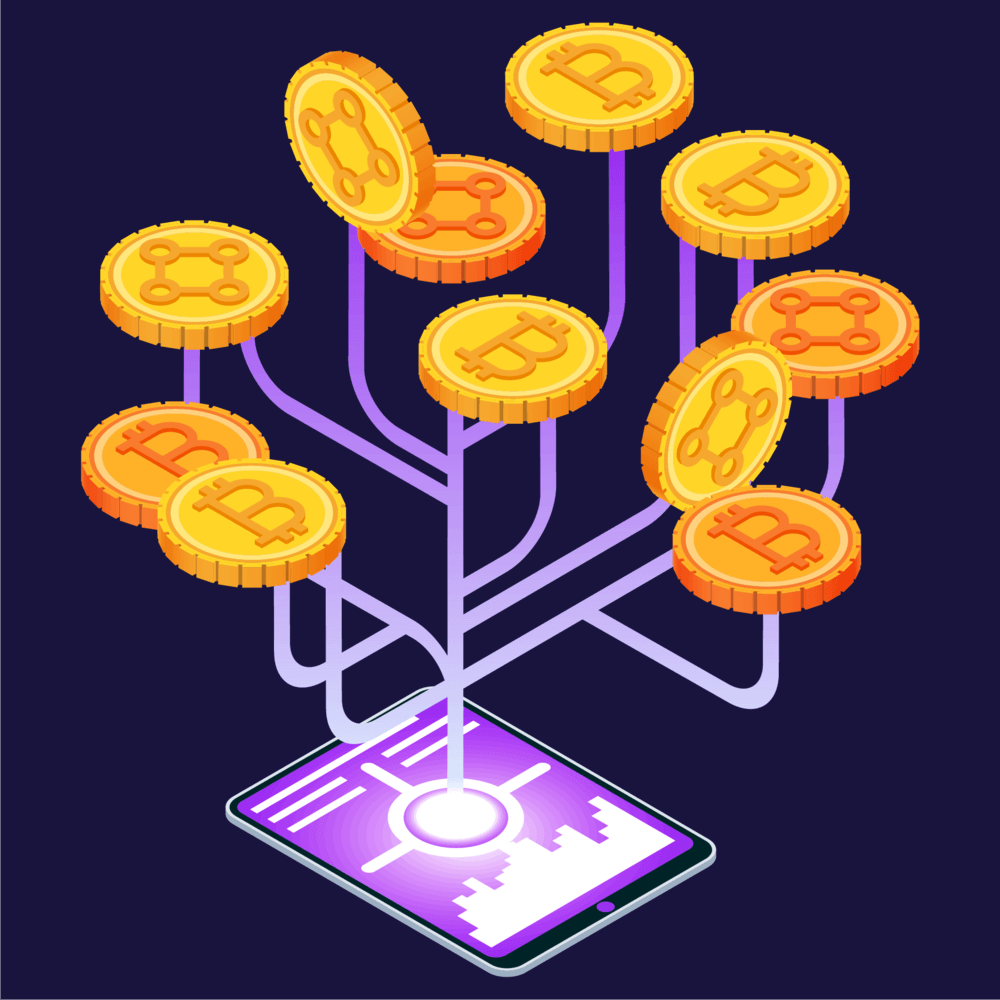
FINAL THOUGHT
If you are looking for a trusted IT partner for crypto development solutions, VNEXT Global is a prioritized blockchain development company. With 14+ years of experience, we certainly can help you to optimize your business digitalization within a small budget and short time. Currently, we have 400+ IT consultants and crypto developers in Blockchain Development, Healthcare, Mobile App, Web App, System Development and Testing Services. We have provided solutions to 600+ projects in several industries for clients worldwide.
Find our showcase of current successful blockchain projects.
Please feel free to drop us an email when it is convenient for you to have an online meeting to discuss this further. Have a productive day!

